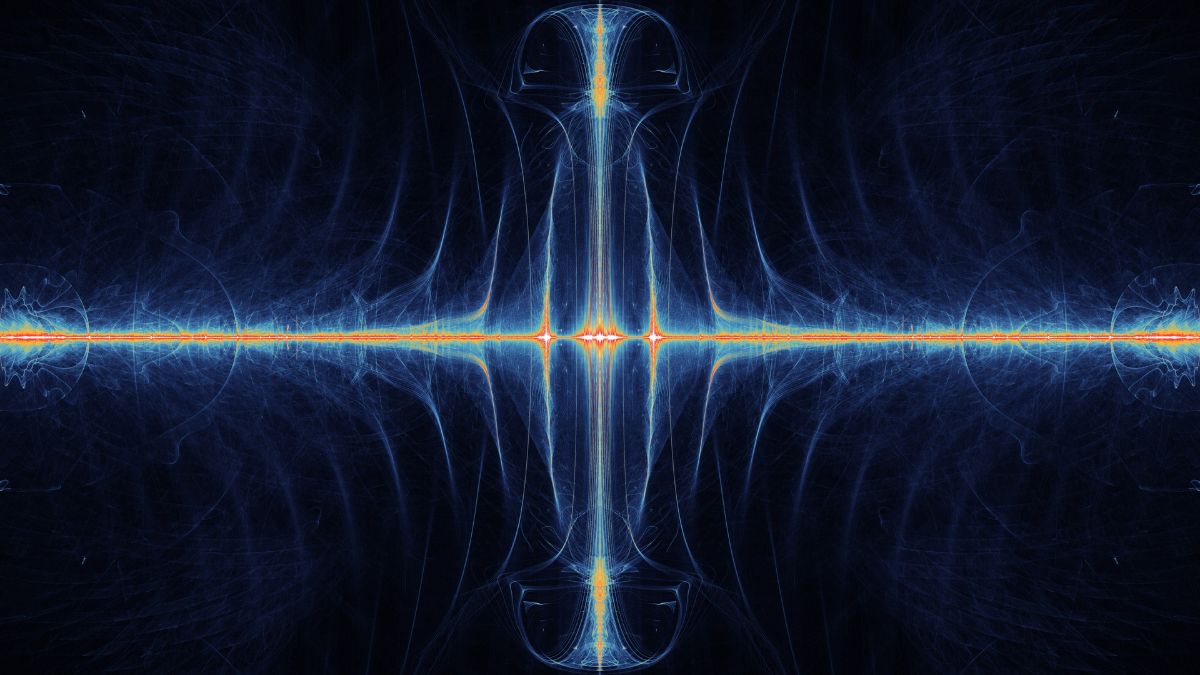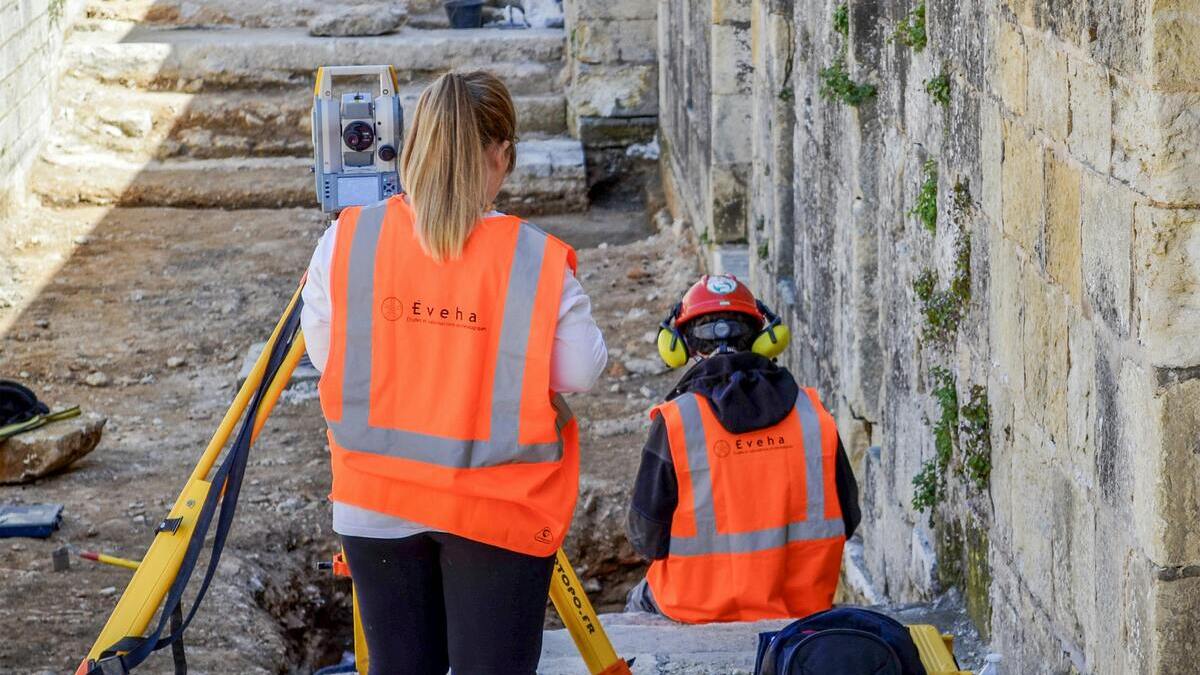Science
The Pandas’ Secret: New Study Reveals Unforeseen Intelligence and Tool Use
11 December 2025

Albert Einstein considered this phenomenon absurd, and it took a quarter of a century to create a device capable of identifying it. The phenomenon is the quantum entangled W state. Japanese scientists have just achieved a major research breakthrough. What is this phenomenon, and how does it pave the way for quantum teleportation?
In the world of quantum mechanics, human intuition often fails. The case of quantum entanglement, which scientists have been debating for decades, is no different. It refers to a situation where photons, or particles of light, do not possess their own individual properties. Instead, their characteristics are intrinsically linked to other photons, often separated by considerable distances.
Albert Einstein was among those who could not reconcile with the theory of quantum entanglement. The famous physicist refused to accept that every particle did not possess its own independent properties.
Understanding entanglement is key to developing future quantum technologies. However, the more photons are linked in this way, the greater the computational power required to analyze the specific entanglement. Quantum entanglement of the W-type presented a particularly great challenge. Why?
Until now, scientists were only able to measure GHZ-type entanglements. These are highly unstable links that completely fall apart if even one element is removed. The W-type is significantly less fragile; removing one particle does not damage the entire entanglement. Why is this so crucial?
This property is important for the secure storage of information in quanta. Thanks to its durable structure, the risk of data loss is simply lower. Theoretically, mastering W-type entanglements could also allow for the development of quantum teleportation.
The first measurements of GHZ-type entanglements were performed a quarter of a century ago. After 25 years, scientists from Kyoto University and Hiroshima University have achieved the first analysis for the W-type entanglement. They also succeeded in creating a model of this type of three-photon linkage. The results of their research were published in the journal Science Advances. How did the researchers achieve this?
The Kyoto team discovered a clever way to “catch” the elusive W state. The device they created can recognize a unique characteristic of this phenomenon: cyclic permutation symmetry. It can be described as a repeating pattern in the behavior of photons.
The three-particle testing device uses incredibly stable optical circuits. Crucially, it can operate on its own for hours without the need for adjustments. It merely requires three photons with specific properties to be introduced, and the device automatically recognizes which type of entanglement it is dealing with.
The discovery opens the door to quantum teleportation. Within stable W-type entanglements, it may be possible to transfer information through a quantum channel. The Japanese discovery may also improve communication and lead to the discovery of new methods for quantum computing based on measurements.
The team now plans to apply their method to larger, more general multi-photon entangled states. The discoveries by the Japanese scientists could bring about a true revolution and prove that Albert Einstein—though a genius—was wrong this time. The long-sought potential for real-world quantum teleportation is now closer than ever.
Read this article in Polish: Einstein się mylił. Japonia otwiera drzwi do kwantowej teleportacji

Truth & Goodness
10 December 2025


Zmień tryb na ciemny